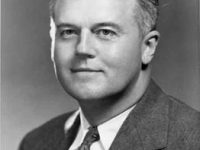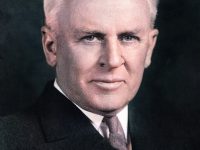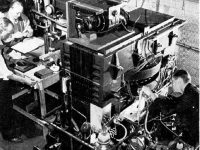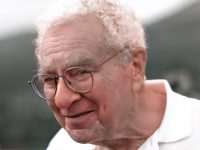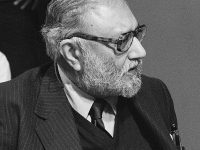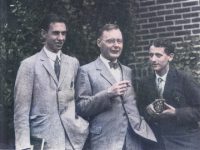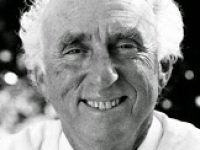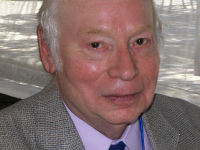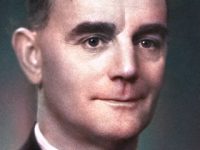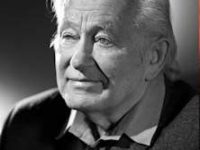Robert J. Van de Graaff and the Van de Graaf Generator
On December 20, 1901, American physicist Robert Jemison Van de Graaff was born. Van de Graaff is specifically noted for his design and construction of high-voltage Van de Graaff generators that can be used as a particle accelerator in atomic research. Early Years Robert Jemison Van de Graaff received his master’s degree from The University of Alabama and began working at the Alabama Power Company afterwards. Van de Graaf later studied at the…
Read more

